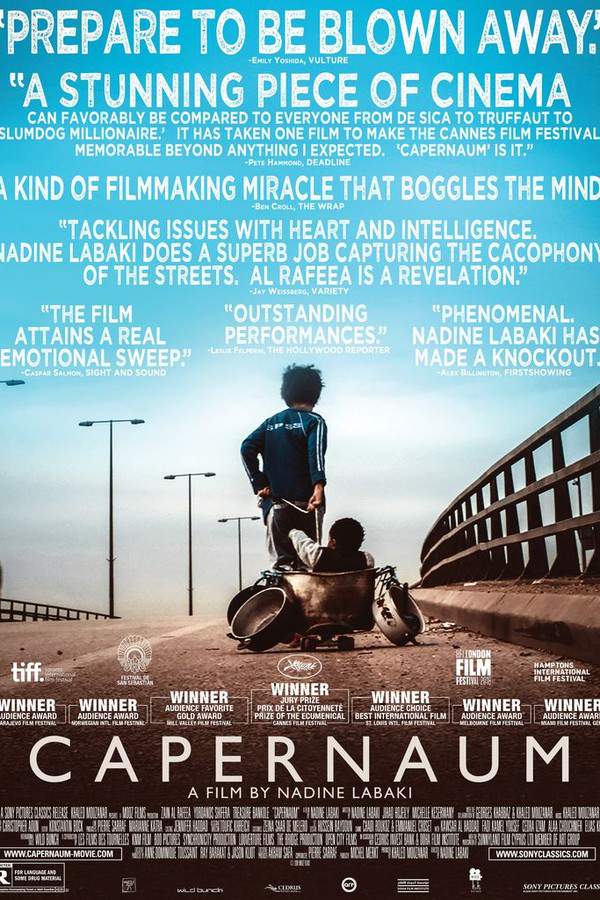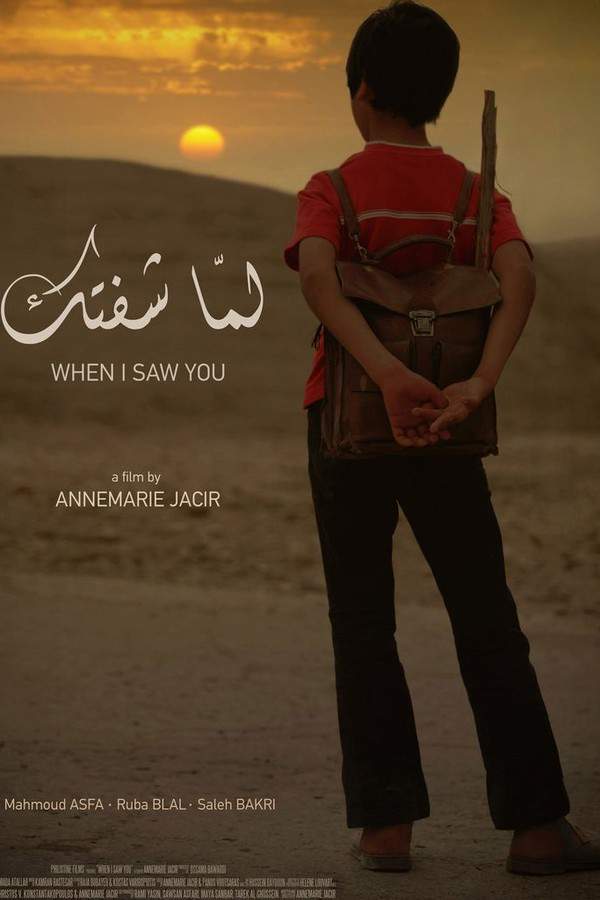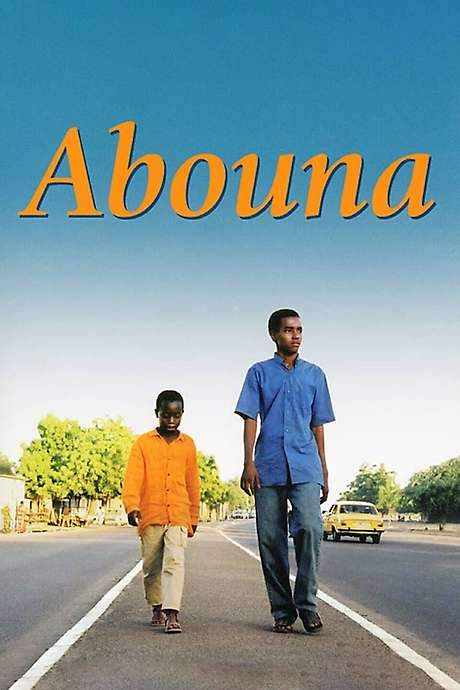
Captain Abu Raed
Year: 2007
Runtime: 102 mins
Language: Arabic
Director: Amin Matalqa
Abu Raed, a humble airport janitor in Amman who dreams of travel, finds a discarded pilot’s hat. Local children think he’s a captain and beg for stories of distant lands. He weaves imaginative tales, forming a bond with them, and confronts the harsh realities of their lives, deciding to help improve their future.
Warning: spoilers below!
Haven’t seen Captain Abu Raed yet? This summary contains major spoilers. Bookmark the page, watch the movie, and come back for the full breakdown. If you're ready, scroll on and relive the story!
Captain Abu Raed (2007) – Full Plot Summary & Ending Explained
Read the complete plot breakdown of Captain Abu Raed (2007), including all key story events, major twists, and the ending explained in detail. Discover what really happened—and what it all means.
Abu Raed works as an airport janitor at Queen Alia International Airport in Amman. One day, he discovers a Royal Jordanian captain’s hat tossed in the trash, and the neighborhood kids immediately mistake him for a seasoned pilot. They beg him to share stories of his adventures, and after initially resisting, he eventually opens up. He spins tales of imaginary journeys to England, France, and New York, the flights of fancy earning him the nickname Captain Abu Raed.
Murad, an older child in the group, knows the truth about Abu Raed and resolves to debunk the myth, muttering the line, “People like us don’t grow up to be pilots.” With a handful of dinars he has managed to scrounge, Murad leads the other children on a taxi ride to the airport, intent on proving the truth. But the reality hits hard when the kids glimpse Abu Raed on his hands and knees, scrubbing the floor, and the illusion shatters in their eyes.
Meanwhile, at the airport and on the ride home, Abu Raed’s encounters reveal deeper secrets. Nour, a female pilot whose wealthy father keeps steering her toward an arranged marriage, shows a warmth that contrasts with the harsh world he has navigated. During a visit to Abu Raed’s home, he shares snippets of his own past, including the loss of a wife and a son named Raed, painting a more complicated portrait of the man behind the stories.
Tareq is another student of Abu Raed’s legend, the boy whose father once forced him to hawk wafers on the street instead of going to school. Abu Raed recognizes his potential and buys up all the wafers so Tareq can attend school. Yet the act, meant to help, also binds Tareq to a harder reality: it leaves him with more wafers to sell, a reminder of the precarious world these kids inhabit and the fine line between generosity and unintended consequences.
As the truth about Abu Raed begins to surface, the film shifts toward forgiveness and protection. Abu Murad, Murad’s father, is driven by rage and poverty, and his abusive behavior toward Murad’s mother, Um Murad, underscores the family’s fragility. After Abu Raed forgives Murad and returns the pilot hat as a symbol of mercy, a bond forms between the two boys. Murad’s later act—stealing a model airplane from a travel agency and suffering a burn as punishment—deepens Abu Raed’s resolve to shield the family from harm.
That resolve culminates in a plan to move Murad, his younger brother, and their mother to safety. Nour volunteers to shelter them, bringing a car to the neighborhood and helping them pack. In a tense moment, Murad dashes back to reclaim the pilot’s cap, the symbol of his dreams. Nour drives away with the family to a safer place, while Tareq returns to ask what is happening; Abu Raed’s clipped reply, “Nothing,” hangs in the air as a quiet goodbye.
The danger remains, and Um Murad’s warnings echo in the background: “He’s going to kill you.” In the climactic scene, Abu Raed sits inside the Murad apartment as Abu Murad returns and threatens him, and the story implies that Abu Raed does not survive the encounter. The lasting image of the film is not Abu Raed’s death alone, but the legacy he leaves behind. Years later, a grown Murad stands at the edge of the airfield, now a Royal Jordanian pilot, looking out toward the sky that once sparked his dreams—an echo of the man who once told him stories and gave him a chance to hope.
Last Updated: October 09, 2025 at 16:28
Unlock the Full Story of Captain Abu Raed
Don't stop at just watching — explore Captain Abu Raed in full detail. From the complete plot summary and scene-by-scene timeline to character breakdowns, thematic analysis, and a deep dive into the ending — every page helps you truly understand what Captain Abu Raed is all about. Plus, discover what's next after the movie.
Captain Abu Raed Timeline
Track the full timeline of Captain Abu Raed with every major event arranged chronologically. Perfect for decoding non-linear storytelling, flashbacks, or parallel narratives with a clear scene-by-scene breakdown.

Characters, Settings & Themes in Captain Abu Raed
Discover the characters, locations, and core themes that shape Captain Abu Raed. Get insights into symbolic elements, setting significance, and deeper narrative meaning — ideal for thematic analysis and movie breakdowns.

Similar Movies to Captain Abu Raed
Discover movies like Captain Abu Raed that share similar genres, themes, and storytelling elements. Whether you’re drawn to the atmosphere, character arcs, or plot structure, these curated recommendations will help you explore more films you’ll love.
Explore More About Movie Captain Abu Raed
Captain Abu Raed (2007) Scene-by-Scene Movie Timeline
Captain Abu Raed (2007) Movie Characters, Themes & Settings
Captain Abu Raed (2007) Spoiler-Free Summary & Key Flow
Movies Like Captain Abu Raed – Similar Titles You’ll Enjoy
A Hero (2022) Plot Summary & Ending Explained
Capernaum (2018) Ending Explained & Film Insights
When I Saw You (2014) Plot Summary & Ending Explained
Amira & Sam (2015) Ending Explained & Film Insights
Io Capitano (2024) Full Summary & Key Details
Khaled (2001) Full Summary & Key Details
Abouna (2002) Detailed Story Recap
I Want to Be a Pilot (2006) Plot Summary & Ending Explained
Ibrahim (2020) Ending Explained & Film Insights
Al Mouled (1989) Full Movie Breakdown
Abu Omar (2020) Story Summary & Characters
Hafreiat (2022) Full Summary & Key Details
Haifa (1995) Story Summary & Characters
Captain Jack (1999) Film Overview & Timeline
Captains of Za’atari (2021) Plot Summary & Ending Explained

















